Meet 10 of Australia’s top rural environmental champions
Rural Aussies are at the forefront of global efforts to protect and conserve the environment, while also feeding and clothing the world. Here are 10 of our top rural environmental champions. THEIR FULL STORIES
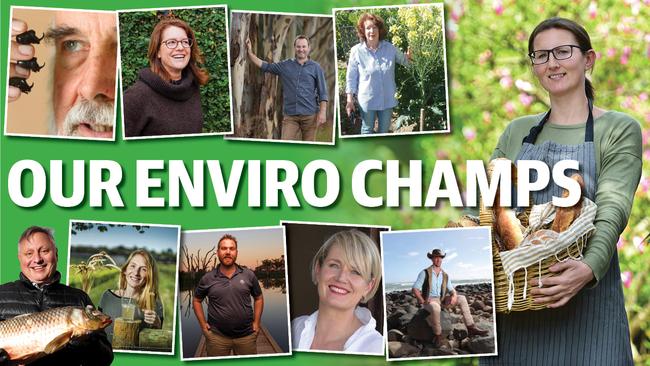
THE environment has always been a vital issue for rural Australia, with movements such as Landcare and Coastcare having their genesis in the bush.
So it is no surprise that some of the most passionate and dedicated environmentalists can be found in regional Australia.
From a dung beetle researcher to a cattle farmer making carbon sequestration sexy, The Weekly Times has featured the quirky to the innovative when it comes to solutions to help our planet.
Here are 10 of our best environmental champions.
WENDY COHEN
Farmers for Climate Action, NSW
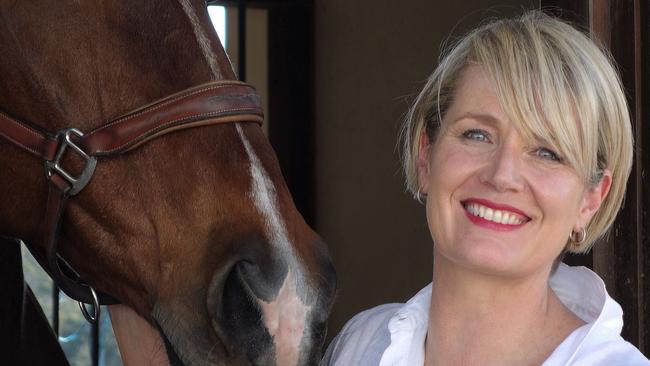
FARMERS, says Wendy Cohen, “are the ones with skin in the game”.
“You won’t find a farmer who isn’t committed to protecting their property, their legacy and their future.”
Wendy is chief executive of the non-profit, nonpartisan group Farmers for Climate Action, which has 5000 farmer supporters across Australia, who advocate for climate solutions both on and off farm.
She says farmers are perfectly placed to engage on the issue.
“Especially in this time of drought and bushfire, farmers can lead by example and become voices for their community,” Wendy says.
Wendy was previously chief executive of Country Education Foundation, Equestrian NSW, and before that she worked as an agent for such stars as Cate Blanchett, Rose Byrne and Sigrid Thornton.
“With FCA I saw an opportunity to combine my professional skills with a lifelong interest and passion for the planet.”
MORE: WENDY COHEN ON LEADING FARMERS FOR CLIMATE ACTION
TAMMY LOGAN
Gippsland Unwrapped, Poowong East, Victoria
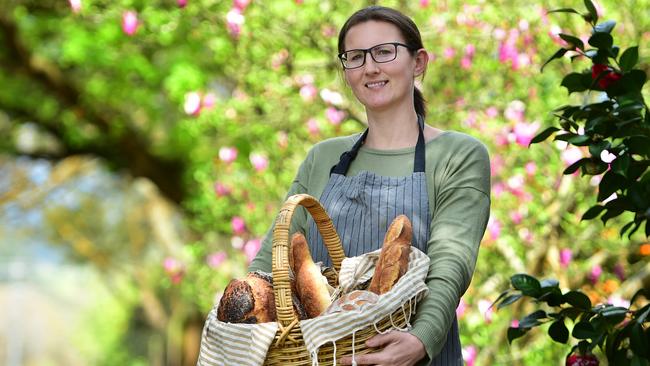
SINCE starting her blog Gippsland Unwrapped in 2015, Tammy Logan has helped to make inroads into the war on waste, as a social media influencer.
From a farmhouse in Poowong East, where Tammy lives with her husband and two children, she demonstrates to the average householder how easy it is to adopt new habits.
“Doing something is better than doing nothing,” Tammy espouses to her followers.
One post — detailing the law around bringing your own food containers for supermarket deli meat — has had 65,000 hits.
Thanks to the success of Gippsland Unwrapped, Tammy – who quit her day job to focus on the blog — now speaks at public events around Victoria.
“Before I felt overwhelmed and hopeless, and now I see individuals have power, that making good decisions every day collectively makes a huge difference.”
MORE: TAMMY LOGAN ON LIVING FREE OF PLASTIC AND WASTE
HAROLD CLAPHAM
Charlie Carp, Deniliquin, NSW

CHARLIE Carp is a Deniliquin success story.
Started in 1994 by a group of graziers, the company makes fertiliser from the introduced freshwater pest, processing 700 tonnes of carp annually, netted by fishermen in a radius from South Australia to Lake Cargelligo in the NSW Central West.
Charlie Carp director Harold Clapham says based on the number of carp in the environment, production could double and “we’d still only be scratching the surface”.
“Our whole purpose is to protect Australia’s inland waterways by giving consumers the opportunity to do a good thing for the environment,” says Harold, who has been with the company since the beginning.
MORE: HAROLD CLAPHAM ON TURNING CARP INTO FERTILISER
MARION VIGOT
Mister Rye, South Australia

TRAVELLING around Australia in a campervan, French-born entrepreneur Marion Vigot saw plastic waste littering the environment.
“I was shocked at the amount of rubbish because Australians are so well known for recycling,” she says.
Marion saw an opportunity: to make biodegradable, organic, reusable straws.
And the solution was in the hands of farmers.
She launched Mister Rye, working with graziers in the Riverland and Murray River region to source rye “the strongest plant available in Australia”, which also has a hollow stalk.
“Normally the farmers would crush the stalk after harvesting the grains,” Marion says.
“We are changing the method a bit, harvesting the stalk a little higher, closer to the head, then getting a reaper, windrower or even using a hand harvest method to cut the stalks at less than one metre.”
Marion’s first harvest reaped about 200,000 stalks a hectare, which were then cleaned, sterilised and packaged on-farm.
MORE: MARION VIGOT ON FIGHTING PLASTIC WASTE
TIM FIELD
Banrock Station winery, South Australia
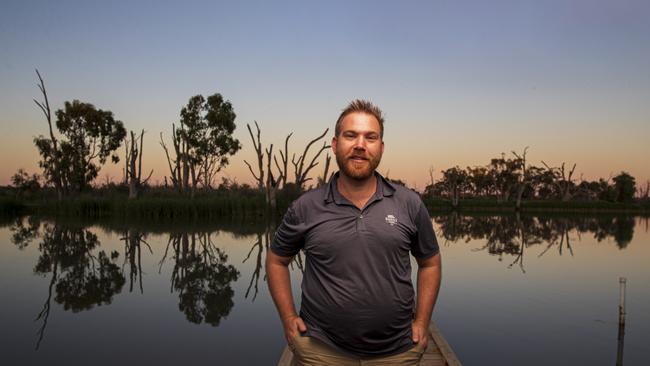
TIM Field is not a wine maker or viticulturist, yet buy a bottle of Banrock Station wine and his image may be sketched on the label.
The 36-year-old is the manager of the winery’s internationally significant wetlands, part of a team of two rangers who work alongside winegrowers to protect and preserve the environment.
“What we do here is environmental science,” he says.
Banrock Station, at Kingston On Murray, totals 1850ha, of which 1500ha is the internationally listed flood plains, forests and woodlands, home to critically endangered plant and animal species.
Tim says while there are 350ha of viticulture alongside the wetlands, he works independently from the viticulturists, only liaising to ensure vine management practices such as spraying and slashing don’t impact the environmental work.
The rangers’ work is considerable, from erosion and salinity control to soil chemistry monitoring and pest management.
“This role is an opportunity to educate people — the public and even colleagues — on environmental science.”
MORE: TIM FIELD ON PROTECTING WINERY’S WETLANDS
SEED SAVERS
Violet Town, Victoria

MICHEL and Jude Fanton founded what is now known as The Seed Savers Foundation in Australia in 1986, as a way to share largely heirloom food crop seeds.
“We were concerned about the loss of seed diversity due to less people growing food, and fewer seed companies controlling more of the market,” Jude says.
“Local networks are an ideal way to stop this loss and increase genetic diversity by adapting varieties to local conditions.”
Violet Town Seed Savers is the poster child of this localised concept.
Started in 2001, the group largely consists of farmers keen to save and protect open pollinated seeds, says co-ordinator Sandra Richardson.
Sandra says their seed bank has about 300 mainly fruit and vegetable varieties.
“We live in a low water and high heat area that is frost-prone so a lot of these seeds have been grown here for a long time and adapted to our area,” says Sandra.
MORE: SEED SAVERS ON MAINTAINING PLANT DIVERSITY
DEAN NICOLLE
Currency Creek Arboretum, South Australia
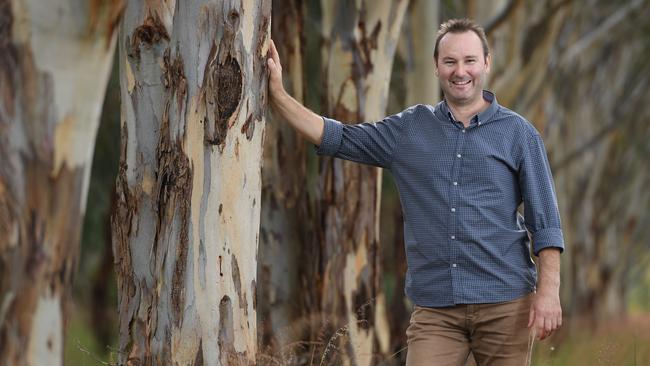
DEAN Nicolle is Australia’s eucalypt whisperer.
His self-funded arboretum (“a zoo of trees”) on 30ha at Currency Creek in South Australia has the largest collection of eucalypts in the world, with about 950 species and subspecies, and more than 9000 individual plants.
About 95 per cent of all eucalypts grow on the property, with the remaining 5 per cent unable to grow there “because it’s too hot, cold, wet or dry for them”.
The arborist, botanist and ecologist was awarded the Medal of the Order of Australia for services to the conservation of Australian eucalypts.
Over 25 years Dean has travelled around some of the most remote locations in Australia to collect seeds to grow and research at the arboretum.
“I’m just wired that way. Why eucalypts and not banksia or melaleuca? It’s purely a chance thing and I can’t put my finger on what triggered it,” Dean says.
MORE: DEAN NICOLLE ON CONSERVING AUSTRALIAN EUCALYPTS
KHORY HANCOCK
The Environmental Cowboy, Queensland
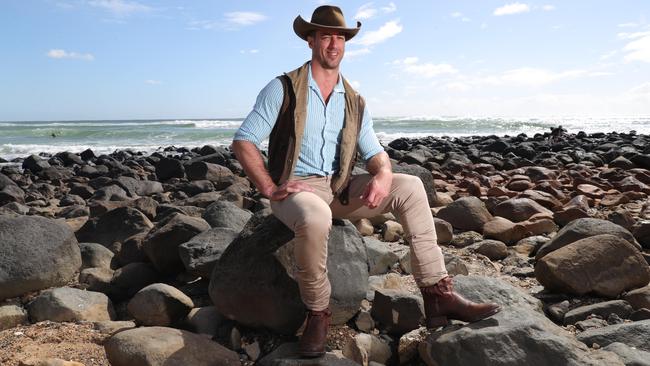
CAN carbon farming be sexy?
Khory Hancock is doing his bit to make sequestration a little bit alluring.
The handsome environmental scientist — who grew up on a cattle farm in central Queensland — has called himself the somewhat self-mocking title of the Environmental Cowboy as a way to cut through a dry subject.
“What I talk about is boring to most people and so giving myself that persona of the Environmental Cowboy is a way to make it interesting, entertaining and fun,” Khory says.
Khory works in land management and rehabilitation, speaks frequently at public events, and has even worked with the Discovery Channel.
“Carbon farming is a way to make massive emissions reductions while looking after farms by growing trees and not clearing the land, which increases soil fertility and reduces erosion.”
MORE: KHORY HANCOCK ON MAKING CARBON FARMING SEXY
BERNARD DOUBE
Dung beetle researcher, South Australia
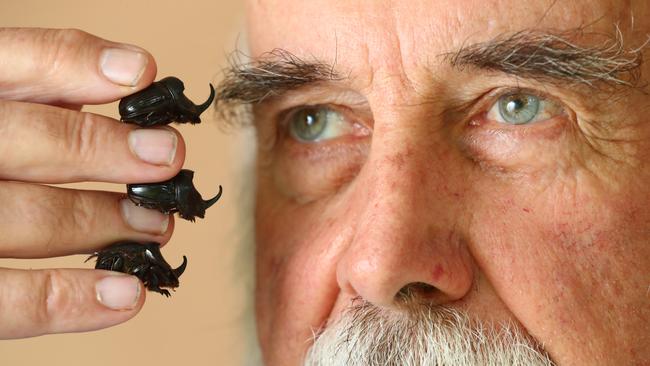
NEVER pooh-pooh a dung beetle.
According to Dr Bernard Doube they are a pint-sized powerhouse, not fully appreciated by farmers.
“Dung beetles are one of the big missing components of conventional agriculture,” Bernard says of the creature that feeds off animal manure.
“Just as one example, where they become abundant there can be a 20 per cent increase in pasture production. They also improve agricultural sustainability and massively improve the control of pests.”
Bernard — who has earned a Queen’s Honour for services to agricultural science — started working with the beetle as a CSIRO researcher in the 1970s, and in 2003 set up his own business, Dung Beetle Solutions Australia.
Through DBSA he holds workshops and gives talks around the country, also collecting and distributing dung beetles to farmers.
“My aim is to get them to be an accepted part of a property’s management in the same way legumes are used to add nitrogen to soil.”
MORE: BERNARD DOUBE ON FIGHTING PESTS WITH DUNG BEETLES
AB BISHOP
Gardener and co-author of The Waterwise Australian Native Garden
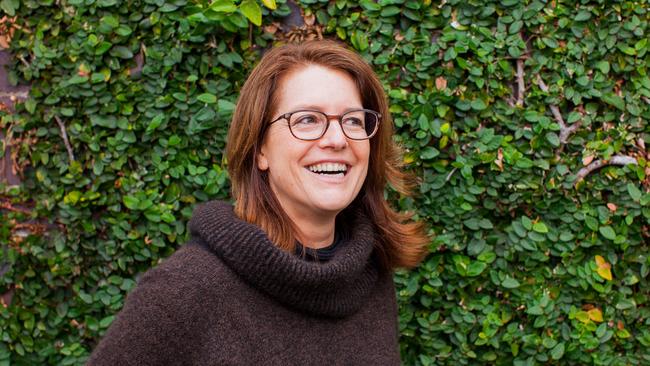
NATIVE plants help the environment because they need less water and inputs such as fertilisers, as well as helping local biodiversity.
According to AB Bishop, co-author with Angus Stewart of The Waterwise Australian Native Garden, there’s one critical step in setting up a native garden.
“It sounds so boring, but any gardener will tell you the most important thing is understanding your soil. That is key, because that is essentially going to tell you what plants are going to thrive, and struggle,” she says.
Next, she says, get to know your local indigenous plants.
“A lot of councils have lists of indigenous plants, and it is such a fun journey.”
And what is the one thing gardeners can do to be more water efficient?
“Mulch. That really is key.”
MORE: AB BISHOP AND ANGUS STEWART ON WATERWISE NATIVE GARDENING


